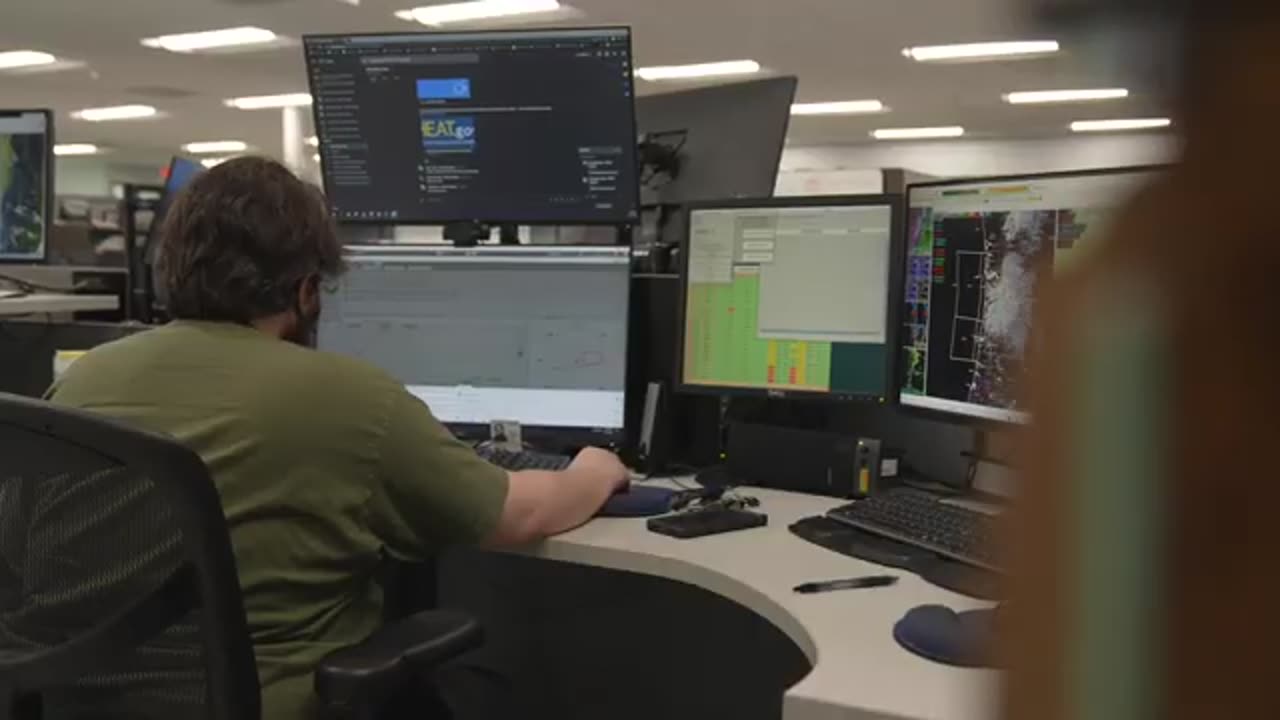Premium Only Content

SWOT_ Earth Science Satellite Will Help Communities Plan for a Better Future.
I can provide you with a SWOT analysis of how an Earth Science satellite can help communities plan for a better future.
Strengths:
1. Data collection: Earth Science satellites can collect vast amounts of data about our planet, including climate patterns, natural resources, and environmental changes. This data can provide valuable insights for communities to make informed decisions and plan for a better future.
2. Accuracy and precision: Satellites equipped with advanced sensors and imaging technology can provide accurate and precise measurements of various Earth parameters. This enables communities to have reliable data for planning purposes.
3. Global coverage: Earth Science satellites can cover large areas of the planet, including remote and inaccessible regions. This global coverage ensures that communities worldwide can benefit from the data and insights provided by the satellite.
Weaknesses:
1. Cost: Developing, launching, and maintaining Earth Science satellites can be expensive. The high costs associated with satellite missions may limit the availability and accessibility of the data for some communities, especially those with limited resources.
2. Data interpretation: While satellites can collect vast amounts of data, interpreting and analyzing this data can be complex. Communities may require specialized knowledge and expertise to effectively utilize the satellite data for planning purposes.
3. Technical limitations: Satellites are subject to technical limitations such as limited lifespan, potential malfunctions, and data transmission issues. These limitations may impact the continuity and reliability of the data provided by the satellite.
Opportunities:
1. Improved disaster management: Earth Science satellites can help communities better understand and predict natural disasters such as hurricanes, floods, and wildfires. This knowledge can aid in developing effective disaster management strategies and reducing the impact on communities.
2. Sustainable resource management: Satellite data can assist communities in monitoring and managing natural resources such as water, forests, and agricultural land. This can support sustainable practices and help communities plan for long-term resource availability.
3. Climate change mitigation: Earth Science satellites can contribute to monitoring and understanding climate change patterns and their impacts. This information can guide communities in developing mitigation strategies and adapting to the changing climate.
Threats:
1. Data privacy and security: The collection and utilization of satellite data raise concerns about privacy and security. Communities must ensure that the data is handled responsibly and protected from unauthorized access or misuse.
2. Lack of awareness and capacity: Some communities may lack awareness of the potential benefits of Earth Science satellites or may not have the capacity to effectively utilize the data. Adequate education and training programs are necessary to address this challenge.
3. Policy and governance issues: The effective utilization of satellite data for community planning requires supportive policies, regulations, and governance frameworks. Inadequate or outdated policies may hinder the integration of satellite data into planning processes.
Overall, Earth Science satellites have the potential to provide valuable data and insights for communities to plan for a better future. However, addressing the weaknesses, capitalizing on the opportunities, and mitigating the threats are crucial for maximizing the benefits of satellite technology in community planning.
-
 1:30:23
1:30:23
Twins Pod
6 hours agoHe Went From MARCHING With BLM To Shaking Hands With TRUMP! | Twins Pod - Episode 45 - Amir Odom
49.8K18 -
 LIVE
LIVE
Exploring With Nug
8 hours ago2 Duck Hunters Missing After Kayak Capsizes!
153 watching -
 LIVE
LIVE
Mally_Mouse
1 hour agoLet's Hang!! -- Opening Christmas gifts from YOU!
386 watching -
 44:55
44:55
Athlete & Artist Show
20 days ago $1.51 earnedNHL 4 Nations Snubs, Was Hawk Tuah Coin A Scam?
21.2K -
 33:47
33:47
Stephen Gardner
7 hours ago🔥Pentagon Whistleblower UNLEASHES on Biden and Obama!
79.6K96 -
 2:20:30
2:20:30
The Dilley Show
8 hours ago $22.75 earnedRoger Stone in Studio plus Q&A Friday! w/Author Brenden Dilley 12/27/2024
58.8K14 -
 1:57:02
1:57:02
The Charlie Kirk Show
6 hours agoThe Great H-1B Battle + AMA | Lomez | 12.27.24
146K196 -
 11:39
11:39
Russell Brand
1 day agoWhat You're Not Being Told About The Syrian War
148K222 -
 LIVE
LIVE
Bannons War Room
1 year agoWarRoom Live
13,627 watching -
 1:49:21
1:49:21
Film Threat
9 hours agoBEST AND WORST OF 2024 + SQUID GAME SEASON 2 | Film Threat Livecast
51.6K5